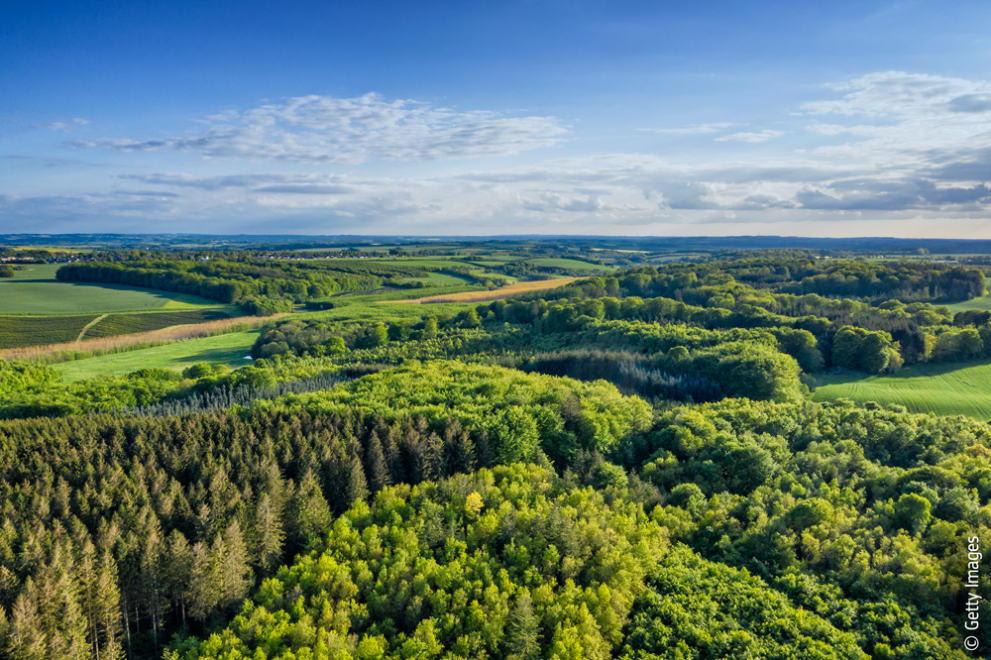
Friday 12th September 2025

Por inAfrika Reporter
Tanzania’s environmental enforcement just received a practical boost. The government took delivery of 74 pieces of conservation equipment—including tourist vans, drones, motorcycles and radio systems—valued at over TZS 1 billion. The gear, funded by the European Union and channelled to the Tanzania Forest Services (TFS), targets illegal logging hot-spots across Dar es Salaam, Morogoro, Tanga, Coast, Mwanza and Tabora. Delivery partners include WWF Tanzania, the Mpingo Conservation & Development Initiative, and LEAT, all under a three-year €2.5m programme to transform the fuel-wood value chain and cut deforestation drivers.
Why this matters: enforcement capacity is the bridge between policy ambition and real forest cover. Radio networks extend ranger reach; drones shrink response time; motorcycles penetrate rough terrain where timber theft typically occurs. With clean-cooking adoption still uneven, improving monitoring and data capture gives regulators a fighting chance to police supply chains while communities transition away from charcoal dependency. The EU-funded package also includes training for district- and village-level conservators on permits, procurement and M&E—small administrative muscles that, when strengthened, reduce leakages.
The timing dovetails with a wider European financing push around Tanzania’s waters and coasts. Yesterday (11 Sept), the European Investment Bank unveiled a €350 million credit line for Tanzania’s blue economy, with loans already signed to CRDB, NMB and KCB and 11,000+ MSMEs and co-ops said to have benefited so far. Framed under the EU’s Global Gateway/Team Europe approach, officials also pointed to €110 million in complementary support spanning climate action, marine conservation and sustainable enterprise. For coastal MSMEs—from seaweed and aquaculture to boatbuilding, eco-tourism and cold-chain logistics—this is fresh ammunition to modernise gear, formalise operations and reach export standards.
Put together, the two tracks—forests on land, finance at sea—signal a shift from rhetoric to resourcing. On land, the near-term KPI is straightforward: fewer illegal-harvest incidents and better case closure rates in the regions flagged. At sea, it’s uptake and performance of on-lending: are banks designing MSME-friendly products (tenors, grace periods, collateral substitutes) that actually reach women-led and youth-led enterprises? Early movers should ready documentation now: business registrations, environmental compliance, basic bookkeeping, and market off-take letters. That’s what credit officers will ask for before disbursing.
There’s also a policy loop to close. Maritime transport authorities and port managers are racing to reduce logistics friction; in parallel, TFS and local governments are digitising permits and forest monitoring. If agencies cross-share data—say, timber-origin certificates matched against shipping manifests—informal leakage shrinks and compliant businesses gain a cost edge. Development partners are already signalling readiness to fund that kind of interoperability; the onus now is on ministries to stand up APIs and joint dashboards rather than siloed spreadsheets.
Bottom line: 12 September 2025 brought hardware and hope to Tanzania’s conservation front line, as 11 September brought liquidity to its coastal enterprise base. The opportunity for entrepreneurs and officials is to knit land-and-sea interventions into one results chain: healthier forests, productive coasts, formal jobs—and export-ready products riding a greener brand of “Made in Tanzania.”


